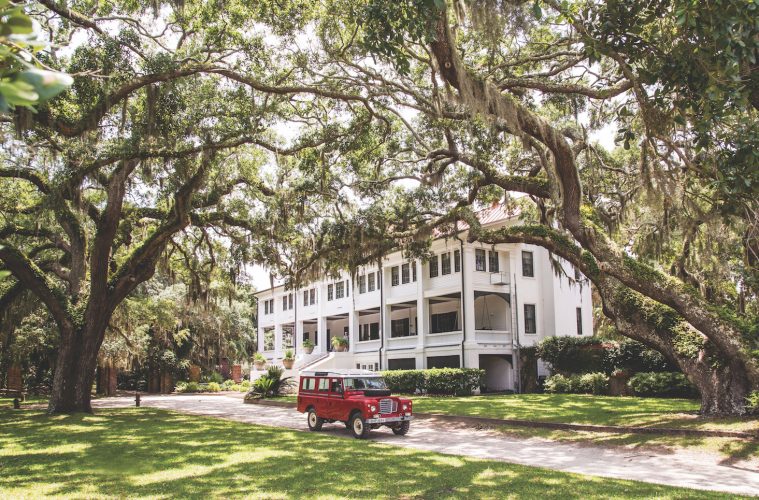Greyfield Inn on Georgia’s Cumberland Island is a portal to another time and place.
Accessible only by ferry from Fernandina Beach, Florida, the island itself is a place where history, mystery and nature guide guests through a secluded retreat from the civilization we know. The inn articulates all that in the most genteel of ways. This is a place where manners are minded, televisions are nowhere to be seen and cell phone connections are sketchy at best.
Guests here are encouraged to unplug, unwind and recharge—while exploring their surroundings. “There’s something for everybody here,” says Christina Nelson, who works as a naturalist at the inn. “The island is for nature lovers and history lovers, too.”
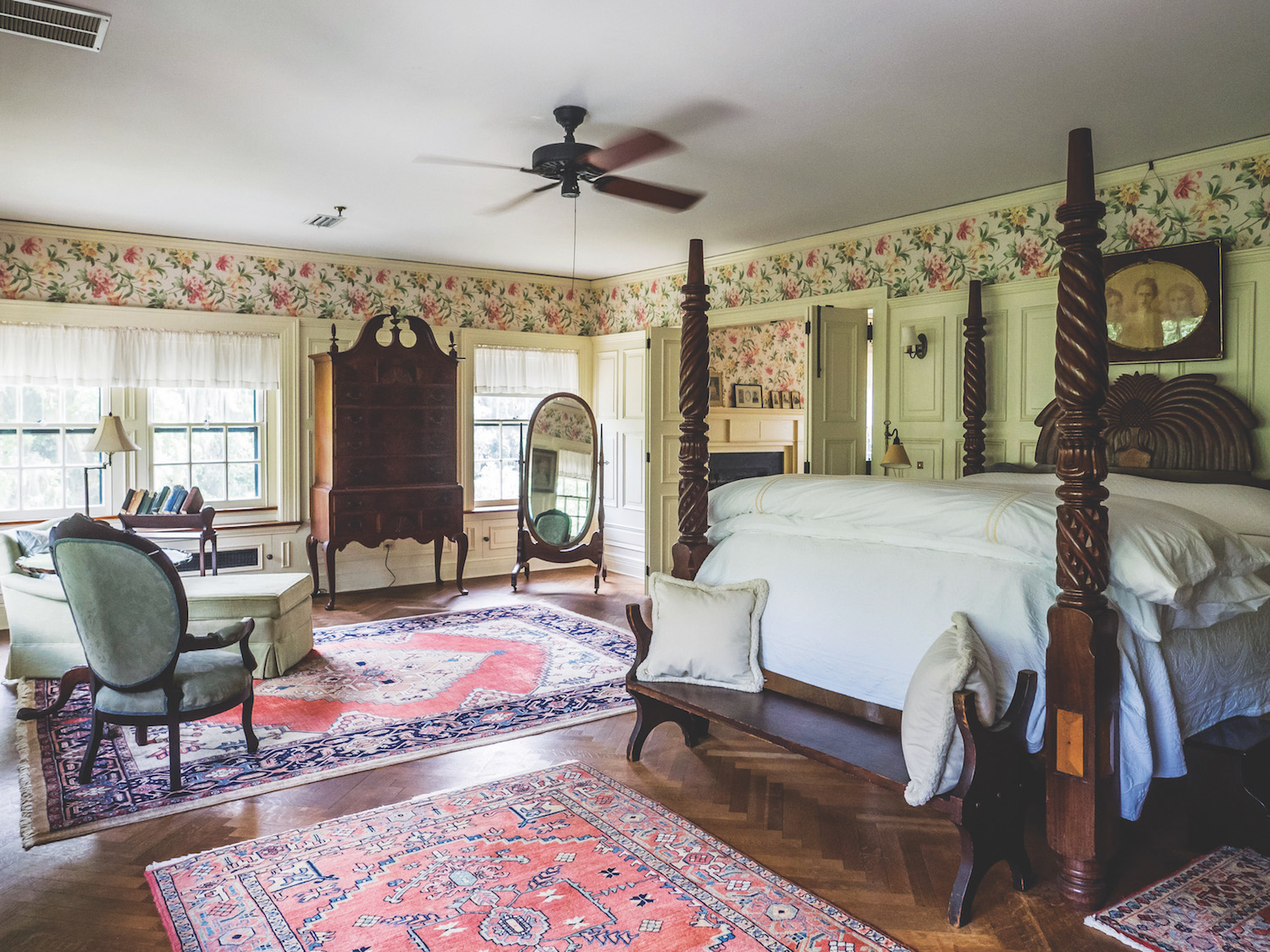

Trips and tours
Nelson should know. Trained as a marine biologist, she worked in the environmental consulting field for six years while attending and graduating from Jacksonville University in 1994. By 1996, she’d started a nature program for nearby Amelia Island, managing day trips for tours of Cumberland. She kept at it for 17 years before joining Greyfield Inn.
Now she leads tours of the island for guests there. “I provide interpretive environmental talks and walks, and cultural and historical walks,” she says.
There’s the one-mile ramble through an allée of live oaks dripping with grey-green Spanish moss. At its end are rows and rows of sand dunes, and then the Atlantic Ocean, a rusted round buoy washed up on its beach. “We track plants along the way, and then talk about the dune system,” she says.
In another direction is the tiny First African Baptist American church – where in 1996 John F. Kennedy Jr. and Carolyn Bessette were married – filling its eight pews with their closest friends and family. There’s also “The Settlement,” a former community on that northern end of the island (Greyfield Inn is to the south) started by African-American freedmen after the Civil War.
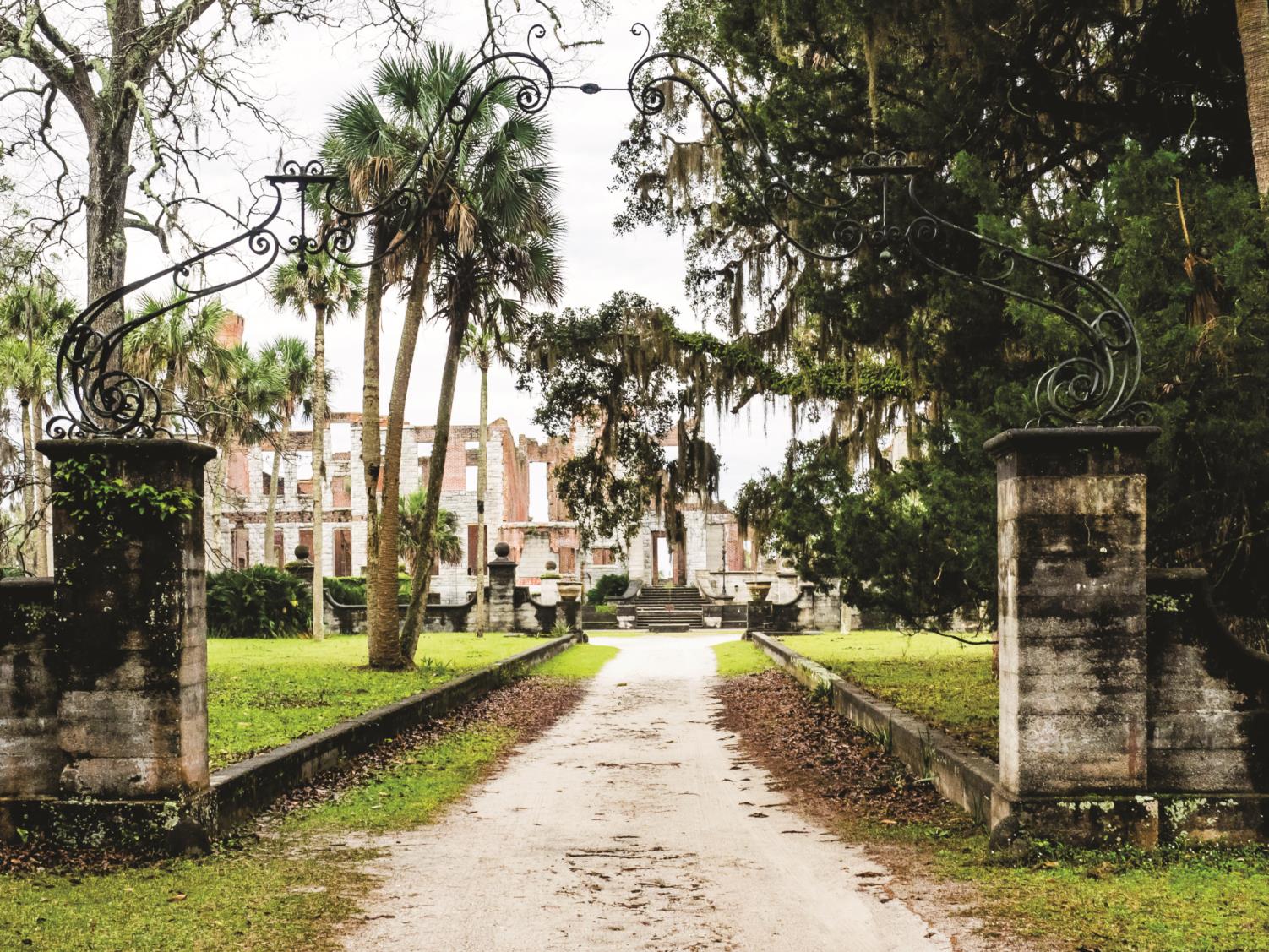

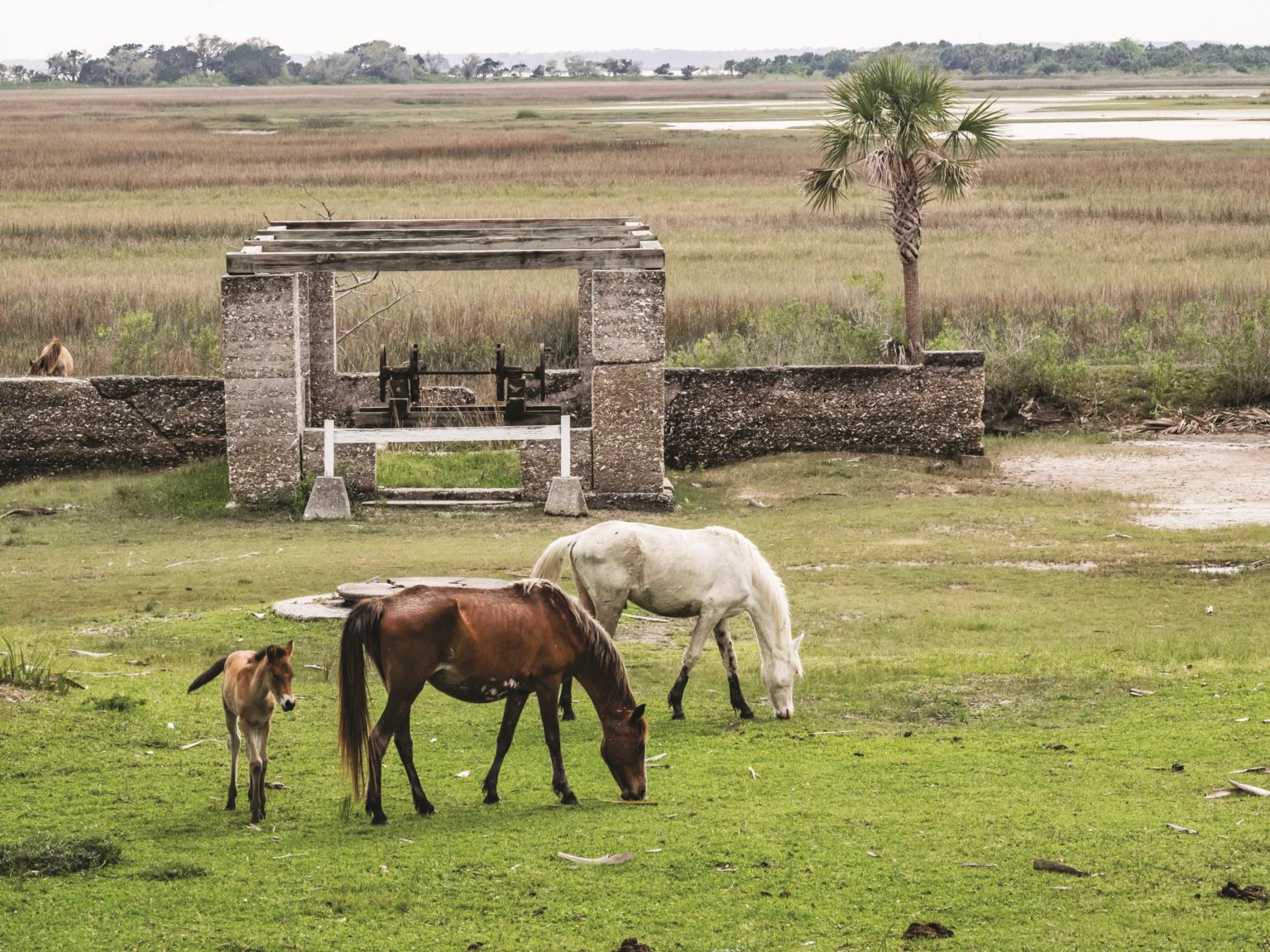

Dungeness
Surely, the most intriguing tour on the island is the short ride to the ruins of Dungeness, a 19th-century mansion built by Pittsburgh’s Thomas Carnegie, brother to steel magnate Andrew. Work on the 37,000-square-foot castle was begun in the 1880s; its first iteration was finished after Thomas’s death in 1886. Added onto over the years, it eventually encompassed 59 rooms and served as home to Lucy, Thomas’s widow, and their descendants.
For decades, Dungeness was the Gilded Age summer home for the Carnegies, a place where Rockefellers, Astors and Mellons danced and frolicked, fished and hunted. In the days before income taxes and the Great Depression, 300 servants worked mightily to satisfy their whims. But by 1925, the mansion was abandoned—and then burned in 1959. All that’s left today is a brick and stone shell.
The unofficial reason cited for its fire is said to be internecine strife. “The rumor is that a hunting party from off the island was caught poaching, and someone was allegedly shot with buckshot,” she says, “Then there was arson in the house—the fire started in the elevator shaft.”
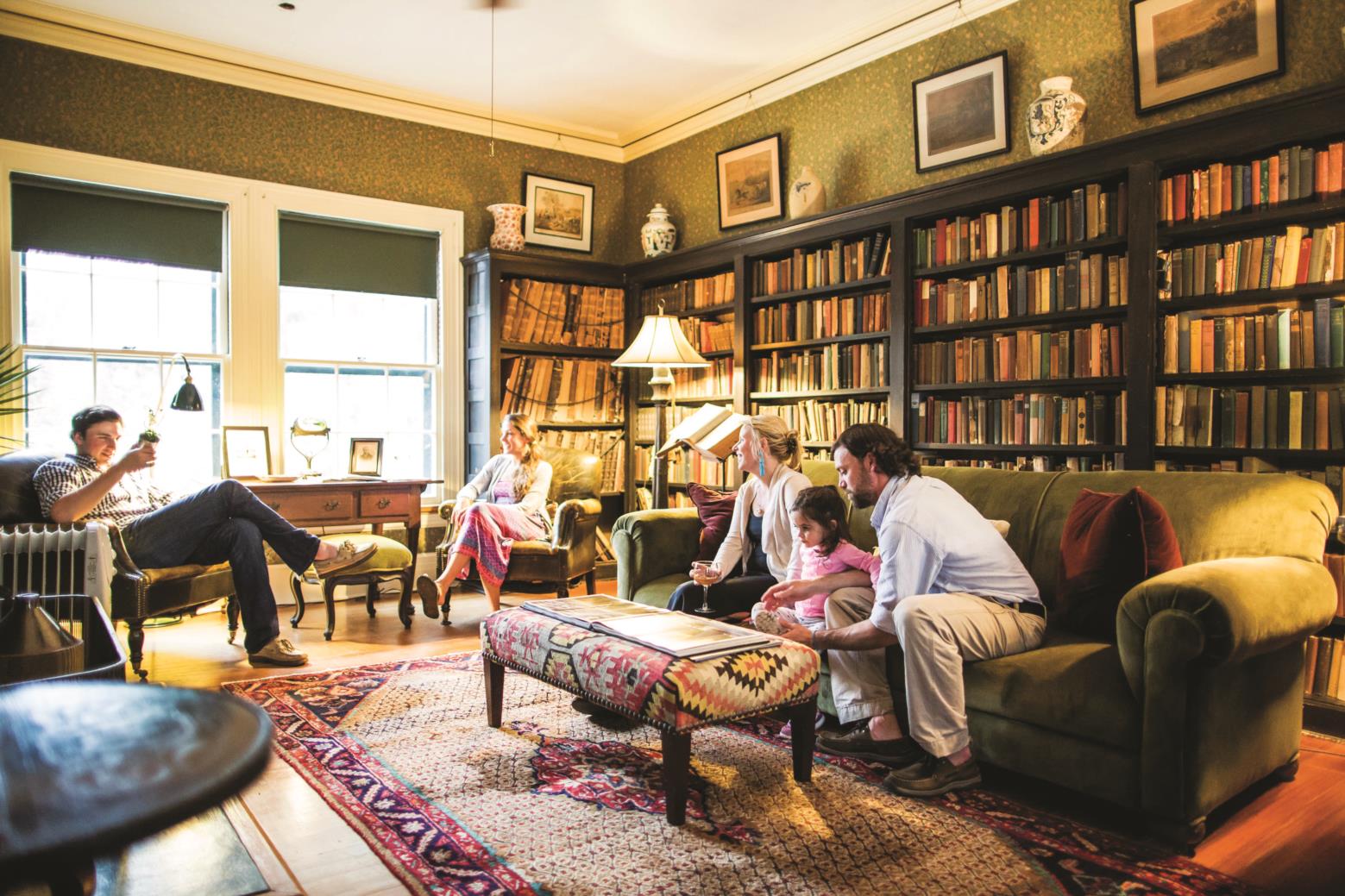

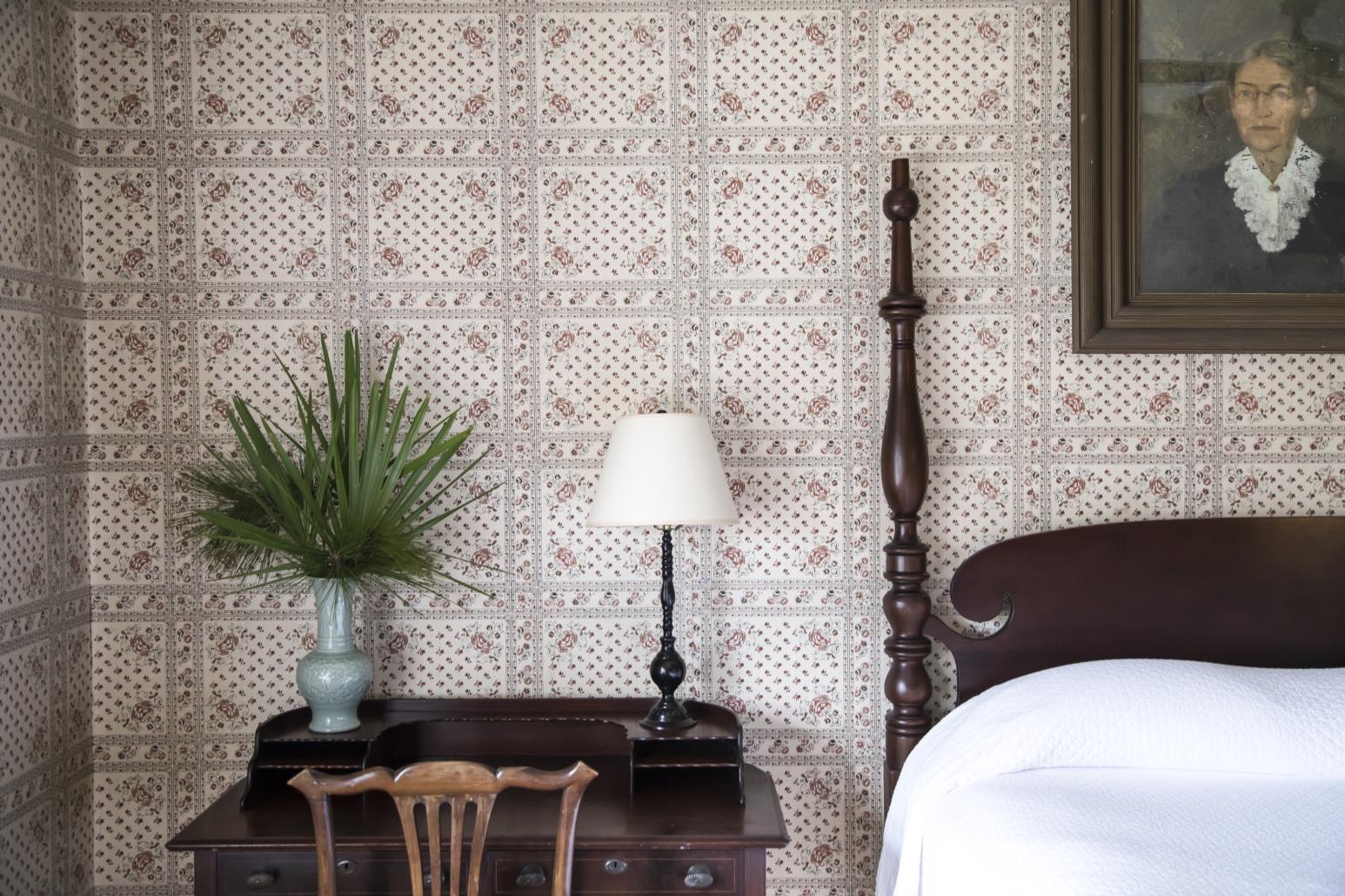

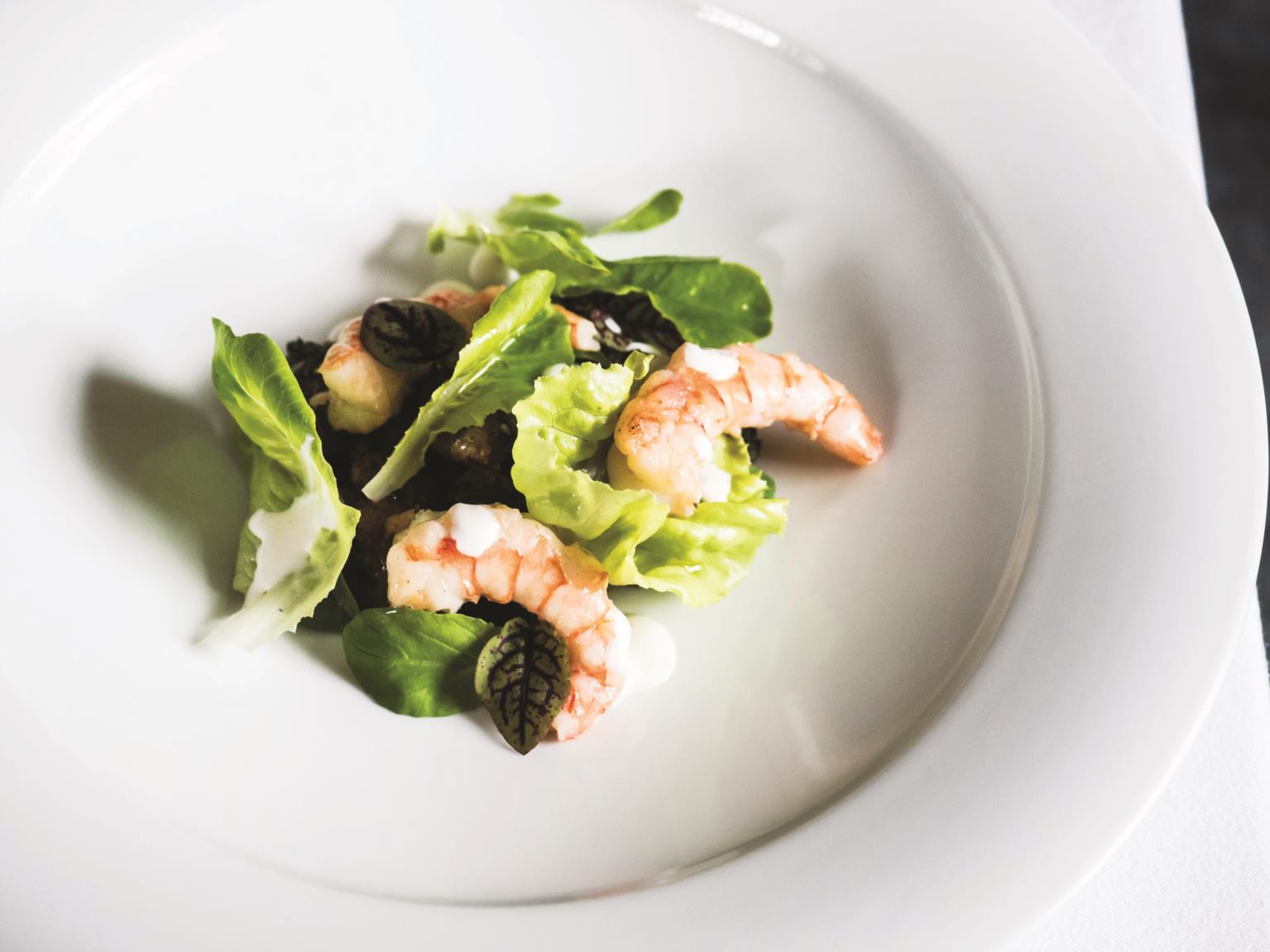



Greyfield Inn
Which brings us back to the inn, built in 1901 as a wedding present for Margaret Carnegie Ricketson. Many of the prints, paintings and memorabilia in the home—and this is a place that truly feels like home —date from her time there.


In a deep-stained, pine-paneled library, fireplace embers burn slowly. Hundreds of books line one wall, while an early 20th-century yacht cannon rests, mute in a deep sill. A portrait of Margaret, white in her wedding dress, presides over the room.
It is, for guests and owners alike, a carefully curated vision of gentility.
For more information, visit greyfieldinn.com


